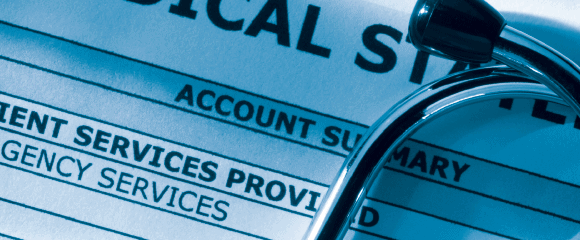Looking Back at 2021 – Journey of Data Dimensions
Data Dimensions has had one of the busiest and most exciting years in recent memory,...

In the coming years, the insurance industry will undergo dramatic changes, and carriers will be forced to adapt to a continually shifting business landscape. But trying to adjust to those changes with the paper-intensive methods they’ve used in the past won’t be enough. Adapting to the future of the insurance arena requires a new approach.
Carriers need to be prepared to automate the entire medical bill data capture cycle for maximum efficiency. With flexible, automated workflows, companies can eliminate the need to physically transfer documents, thus reducing human error, enforcing required approval processes and maintaining government compliance. Such an automated, digitized solution will put them in an advantageous position for future industry developments.
Automating this process can significantly reduce errors, improve efficiency, and accelerate reimbursement times.
Though its unknown exactly what changes will become mandatory for the insurance industry, carriers that make the necessary investments in automation now will be best positioned to respond to and cope with whatever changes the coming years bring.
Overall, automating the medical billing cycle can help to save time and resources while improving accuracy and accelerating payment times. It is important to choose the right technology solutions for your organization’s unique needs and work with experienced vendors or consultants to ensure successful implementation.
Subscribe to get fresh news and resources delivered straight to your inbox.